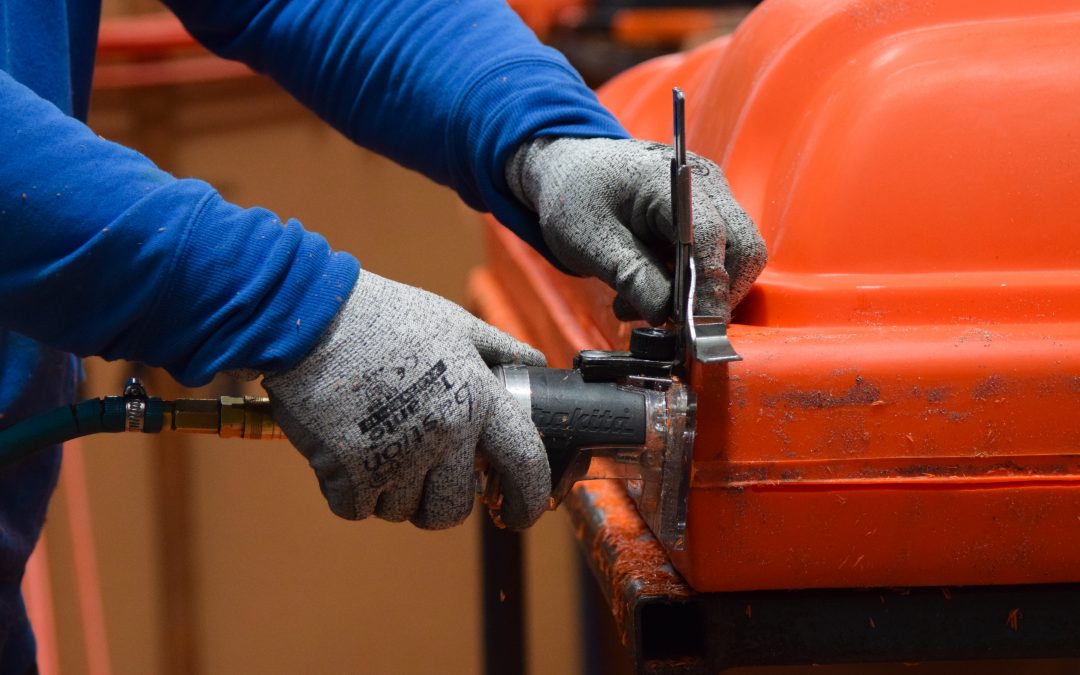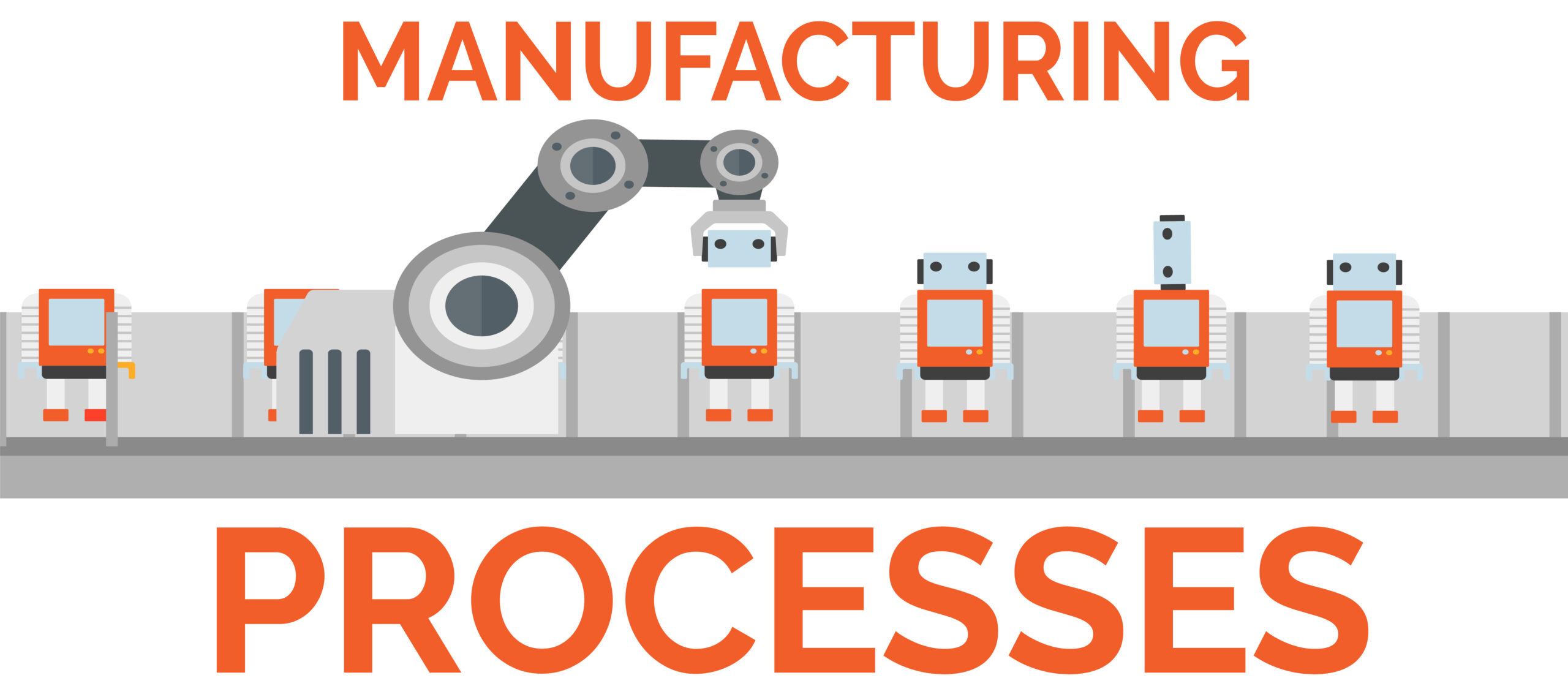
Starting up a product-oriented business is more than just finding gaps in the marketplace and assessing the industry’s climate. An enormous part of the process is the creation of the product itself, which includes both design elements, and importantly, its manufacturing. In fact, manufacturing sets the foundation of the world we know.
Everything around you, from your phone, to your desk, to your mug, has been manufactured through one or more processes.
Whilst Rotadyne began with rotational moulding for plastics, we have expanded our services throughout the years and now work with several manufacturing processes, and include components made from a variety of materials. This is because aiming for simplicity in design often induces complex methods to achieve it, and so products are rarely as straightforward as they may seem.
Moulding processes are great because they’re versatile, allow for complexity, and have a high recyclability rate (you can read more about the different moulding methods here). However, they may not necessarily be the most suitable process for your product, and even more likely, your product may need to utilize multiple processes, and variations of said processes, to be completed.
Understanding which process is preferable for your product means considering its unique requirements, and the compatibility of each necessary process. We’ve broken down seven unique manufacturing methods: forming, additive manufacturing, machining, joining, coating/plating, casting and, of course, moulding.
Forming
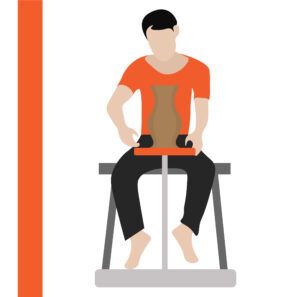 This method is arguably the most artistic of the processes. Forming is, as the name suggests, formative: it involves taking a material and using stress, tension, compression and shearing to manipulate it into the desired shape.
This method is arguably the most artistic of the processes. Forming is, as the name suggests, formative: it involves taking a material and using stress, tension, compression and shearing to manipulate it into the desired shape.
Think ceramics! The ceramicist takes the clay and as it spins, they use water as an additive to make it malleable. They then carefully apply pressure to deform, distort or displace the clay.
This process is unique as there is generally no material lost during production. This allows for some financial and creative flexibilities, which are strengthened by its ability to include a certain complexity in the designs. Forming also includes high wear and tear properties, higher quality parts, and a surprising strength found even in the thinner parts.
However, forming is labour intensive, causing longer lead times, with pricey tooling both in upfront set-up costs and in use. Hot forming also has increased risks with parts becoming brittle, less accuracy and poor interchangeability. While there are low per-part pricing rates, smaller parts are often significantly heavier which can cause user-end or assembly difficulties.
Other variations of forming include:
- Bulk forming: forging (both hot and cold), rolling, extrusion, wire drawing and squeezing
- Sheet metal forming: bending, stamping, trimming, piercing, coining, deep drawing, shearing.
- Powder metal forming: powder forging, powder injection, powder extrusion.
Considerations include things such as wall thickness, sharp edge avoidance, and porosity of material. With these issues managed, however, forming can provide unique and quality parts of any colour or finish. Applications can vary across garden tools, jewellery, weapons, sleds, hardware, rooves, panels, industrial machinery, and much more.
Additive Manufacturing
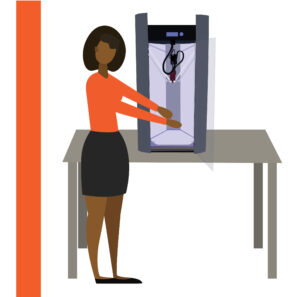 Many of us have heard the buzzwords: 3D Printing, rapid prototyping, and freeform manufacturing (or rapid manufacturing). But additive manufacturing encompasses more than these ultramodern processing methodologies.
Many of us have heard the buzzwords: 3D Printing, rapid prototyping, and freeform manufacturing (or rapid manufacturing). But additive manufacturing encompasses more than these ultramodern processing methodologies.
Additive manufacturing is a process which creates parts by building layers of material in thinly sliced cross-sections until the final object is formed.
This process is ideal for highly detailed products of all complexities. It is also cost effective with inexpensive machinery and material costs, with fast lead times. The facility of machinery such as 3D printers also lead to a significantly reduced labour intensity, as most of the work is done on the CAD file by designers rather than on the machines themselves.
While it does include 3D printing and rapid prototyping, it also includes processes such as:
- Direct digital manufacturing
- Additive fabrication
- Sheet lamination
- Material jetting
- Binder jetting
- Material extrusion
- VAT photopolymerization
The downside of 3D printing specifically is that it can only product small batches at a time, and thus may be better suited as a complimentary method to create singular components to a finalized product rather than relying on it for the entire project. However, other forms of additive manufacturing, such as in plywood manufacturing, can be done in large batches.
Applications of additive manufacturing are seemingly infinite, as it can be used to prototype just about any part. However, it is most popular for things such as toys, jewellery, decorative items, phone cases, clips and fittings.
Machining
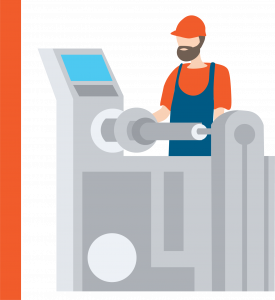 If forming is a formative process, and additive manufacturing is layering process, then machining can be described as their counterpart subtractive process.
If forming is a formative process, and additive manufacturing is layering process, then machining can be described as their counterpart subtractive process.
It involves cutting into pieces of raw material to create the desired shape, using specialized controlled machines for material removal processes. In simple terms, it’s akin to carving.
Machining is extremely versatile, with most products being suitable for this method. However, being suitable does not necessarily mean it is preferable. Sensible for larger volume products with simpler parts, detailing in your part may significantly drive up the cost. This process also heavily relies on the skill of the machinist, or is dependant on operator skill. It is also critiqued for being wasteful.
However, machining is advantageous in that there are a variety of geometry features available with good dimensional accuracy. It’s also highly reliable with an ability to perform across a range of materials, from metals, woods, plastics, composites, and ceramics.
Specific processes can include:
- Milling
- Turning
- Shaping
- Drilling
- CNC
The applications for machining are expansive, particularly for metal products, due to their high versatility. It can be used for homeware, hardware, and industrial purposes.
Joining
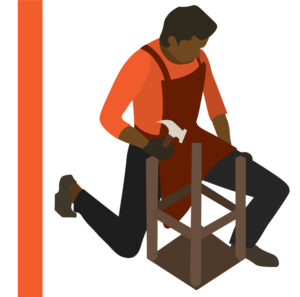 This is perhaps the most straightforward method which is often linked to assembly, thus making it a complimentary process which is usually a part of all manufacturing plans. Joining is characterized by, unsurprisingly, the act of joining two or more components together to create a completed, different object which is ready-to-sell.
This is perhaps the most straightforward method which is often linked to assembly, thus making it a complimentary process which is usually a part of all manufacturing plans. Joining is characterized by, unsurprisingly, the act of joining two or more components together to create a completed, different object which is ready-to-sell.
Most materials can be joined. Joining them correctly, effectively and safely is a challenge undertaken by manufacturing experts from many fields. Understanding how they work together to form the completed product means taking special considerations such as the weakness of the joining corners, impact and fatigue strength, and other elements which overlap with those found in other processes.
However, joining presents its own challenges. Most processes require the use of multiple tools, and can be labour intensive. Joining is also a permanent process, with the aim to be difficult to dismantle: this can potentially present problems for packaging, shipping and ease-of-use.
Whilst it is also a part of post-processing efforts, other practices are also considered part of this manufacturing umbrella, such as:
- Welding
- Soldering
- Brazing
- Adhesive
- Bonding
- Mechanical assembly
All products which have multiple parts will need to undergo joining processes.
Coating/Plating
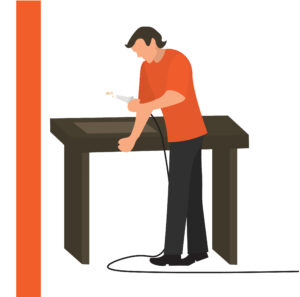 Coating, or plating, are another complimentary process often used in union with other manufacturing methods.
Coating, or plating, are another complimentary process often used in union with other manufacturing methods.
It involves covering the parts surface with powder or chemicals which act as corrosion preventatives, help counteract defects, and even improve special features such as magnetic responses or electric conductivity.
Used to improve manufacturing process qualities and enhance appearance, this is a popular manufacturing route taken for recreational products. Its low cost makes it appealing, with the ability to add characteristics or properties to the metals with minimal cost increases.
However, it can cause some complications if not done correctly, such as cold shuts, pitting, and other defects resulting from unclean manufacturing spaces. Sharp edges and cleavage-points are another consideration taken into account.
Types of coatings include:
- Powder coating
- Electroplating
- Splutter Deposition
Coating and plating applications can include anything from jewellery, toys, decorative items, phone cases, prototypes.
Casting and Moulding
The term casting is often used interchangeably with moulding, and there is much confusion and debate about the difference between the two. Although they are undeniably similar processes, and some argue they are simply adjacent terms used in the same set of practices, it’s clear that in the plastics industry there is a consensus: moulding is reserved for plastic applications specifically, while casting refers to metals.
This differentiation is useful for us as plastic manufacturers, because the difference in material makes all the difference in the applied techniques and technical considerations. Metal and plastic are inherently different, and the way which we handle and explain them are too. Establishing these as separate processes helps us better define the characteristics of our practice, which allows us to explain our approaches through specialized conversation with our clients. It also is essential in carving our place in the manufacturing world.
Casting
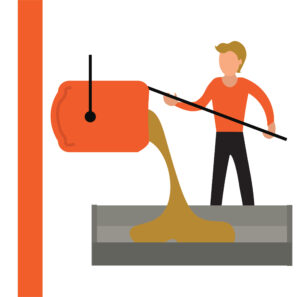 Casting is the process of solidifying liquid metal materials in hollow, shaped cavities called moulds.
Casting is the process of solidifying liquid metal materials in hollow, shaped cavities called moulds.
Casting allows for the economical production of complex structures, often without the need for additional processes. However, the tooling is generally expensive (aside from sand casting) with long lead times, and is not economical for mass manufacturing.
Low fatigue strength can be a downside of casting; however, it can achieve high compressive strength, with a wide array of material options which produce little waste. Additionally, the waste which is does produce is easily recyclable. Casting also usually ensures fantastic results for surface finishes, granted it is properly processed by the professionals.
Casting defects can cause prevalent pores (or pinhole porosity), a result of poor ventilation during production, as well subsurface blowholes which are even larger cavities found on the inside of the product which are difficult to detect, and open holes which appear on the outer surface.
Shrinkage, tears, cuts swells, and drops are all possible risks in cast manufacturing. Additionally, rat tails, veins and buckles can appear on the mould itself, caused by excessive heat and poor material expansion properties or poor mould design.
The main applications of casting include:
- Centrifugal Casting
- Die Casting
- Sand Casting
- Investment Casting
- Shell Casting
- Permanent Mould Casting
The appeal in casting comes from its ability to produce uniform, accurate and strong parts. Common applications of casting include engines, machine tool bases, cylinder heads, pipe fittings, wheels, vehicle covers and plane parts, firearm components and military equipment, and that’s just to start with. It’s versatile and flexible, but perhaps not as flexible as its counterpart…
Moulding
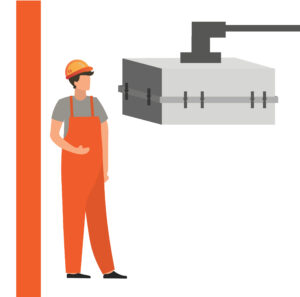 We have discussed the specifics of moulding before, but since it is the obviously superior manufacturing method (*cough* especially rotational moulding *cough*), we feel it deserves another brief.
We have discussed the specifics of moulding before, but since it is the obviously superior manufacturing method (*cough* especially rotational moulding *cough*), we feel it deserves another brief.
Moulding involves using rigid frames or formed metal containers to shape liquified plastic into a solid object.
These moulding processes have some similarities, such as their ability to create complex shapes and details. There is also generally little scrap generated, and a high recyclability rate. However, it is often limited to thin walls or hollow parts.
While there is usually a low labour cost, tooling can be expensive, and certain methods such as rotational moulding can include some labour intensity. The lead time for moulding can be anywhere between days to months, depending on your particular product, however the greatest benefit these processes afford is the consistency and condition of your final product. Uniform, quality parts are a guarantee, with a reliable consistency in wall thickness.
The specific methods depend on which moulding process you undertake, which include:
- Injection Moulding
- Rotational Moulding
- Compression Moulding
- Extrusion Moulding
- Blow Moulding
Applications of moulding processes are extremely varied. Anything from household applications, electronics, furniture, industrial products, sporting equipment, toys, tubes and pipes can all be created from moulding.
Regardless of your chosen method of manufacturing, the goal is universal: the production of quality, functional, desirable, and market-leading products. However, the decision making process for manufacturing is complex, with many considerations influencing which methods are most suitable for meeting production and user end requirements.
Without the skills, connections and industry-insights accumulated from years of dedicated experience, this can be an overwhelming process. But this is what highlights Rotadyne’s strength: we are here to provide guidance and invaluable expertise which aims to gracefully guide you through your products design, development and manufacturing.
The manufacturing experience can be stressful. Or it can be exciting, providing an extensive range of operational options and inspiring us to break boundaries, think outside the box, and encourage innovation. That’s the Rotadyne difference.
REFERENCES
http://www.minaprem.com/joining/
https://learnmechanical.com/forming-process/
https://www.slideshare.net/MonarchMetal/how-common-manufacturing-methods-compare
https://custompartnet.com/process-compare?p=67,140
https://www.linkedin.com/pulse/comparing-traditional-manufacturing-vs-additive-albert-sebastian/
https://industrytoday.com/benefits-of-industrial-plating-and-coating/
https://www.chinasavvy.com/pros-and-cons-of-casting-processes
https://engineeringproductdesign.com/advantages-disadvantages-sand-casting/
https://www.unitedgs.com/blog/outsourcing-manufacturing/the-pros-and-cons-of-casting-vs-forging/
https://clubtechnical.com/casting
https://learnmechanical.com/forming-process/
https://mechanicalenotes.com/machining-process/
https://www.mddionline.com/contract-manufacturing/8-advantages-machining-your-metal-device

